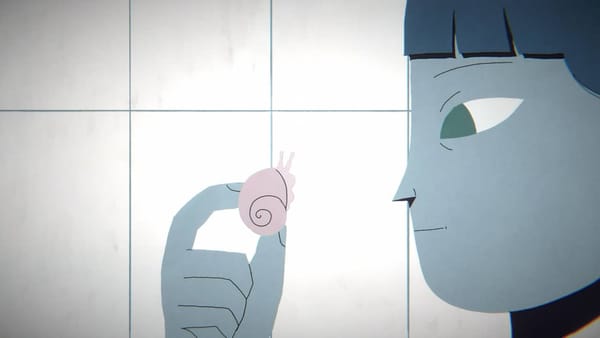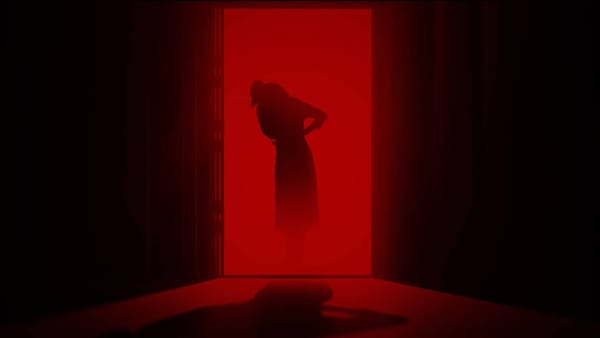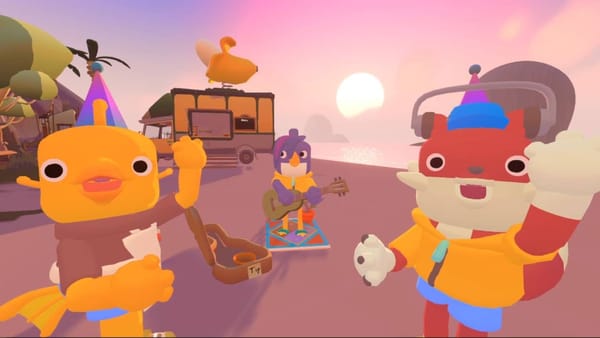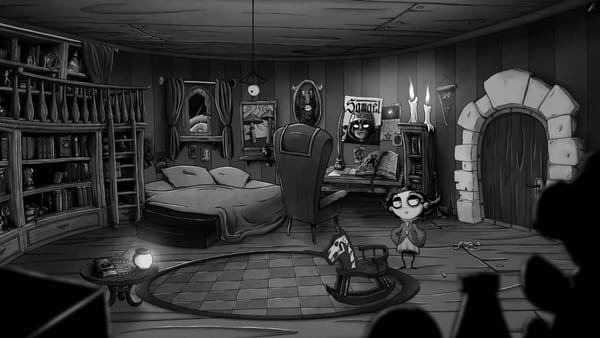Half term shouldn’t be exclusively for babysitting my kids: it’s my holiday too, so how about catching up with some games in my backlog, starting with The 39 Steps on Steam.
This has been on my to-do list, and, like my reading habits, the adventure has been sporadic. Essentially a visual novel, this title from The Story Mechanics isn’t remotely taxing in terms of skill, but the story is bloody marvellous, and it would do you good to pay attention.
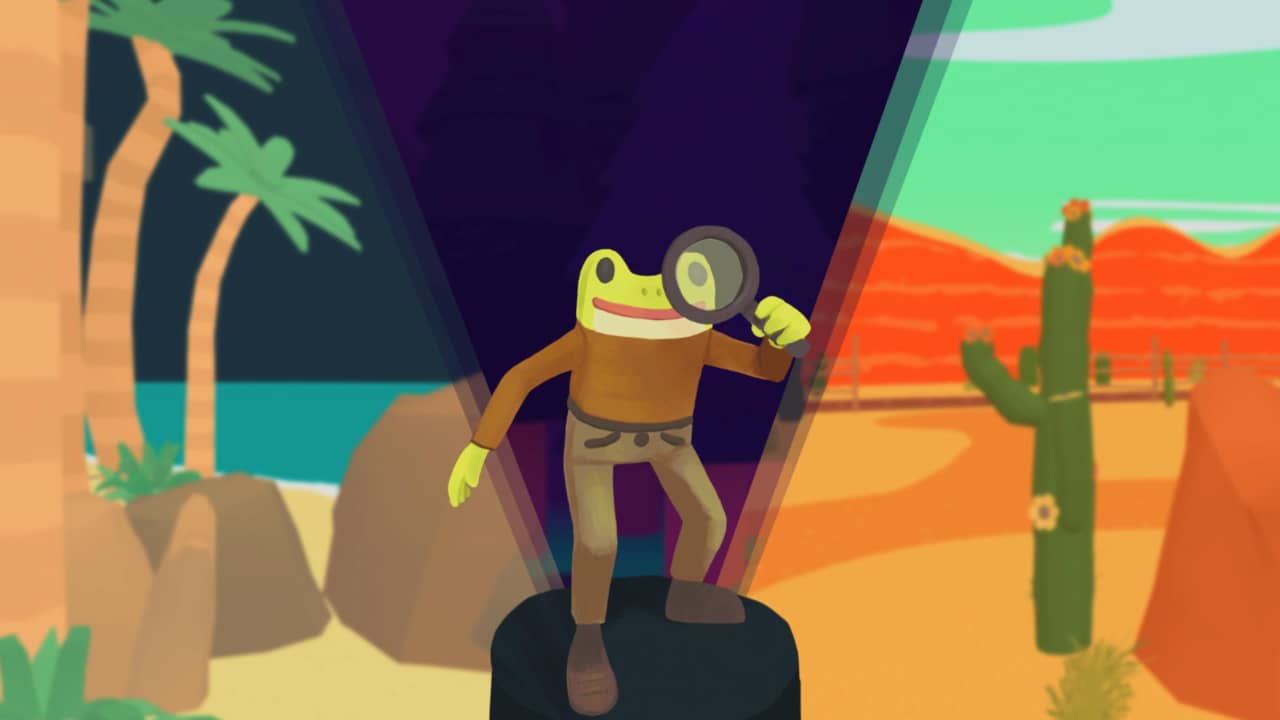
Based on the novel by John Buchan, The 39 Steps was an inspiration for Ian Flemming’s James Bond. Some of the set pieces are comparable – notably when you find yourself trekking across the Highlands with a plane in pursuit. Very Bond, very Hitchcock.
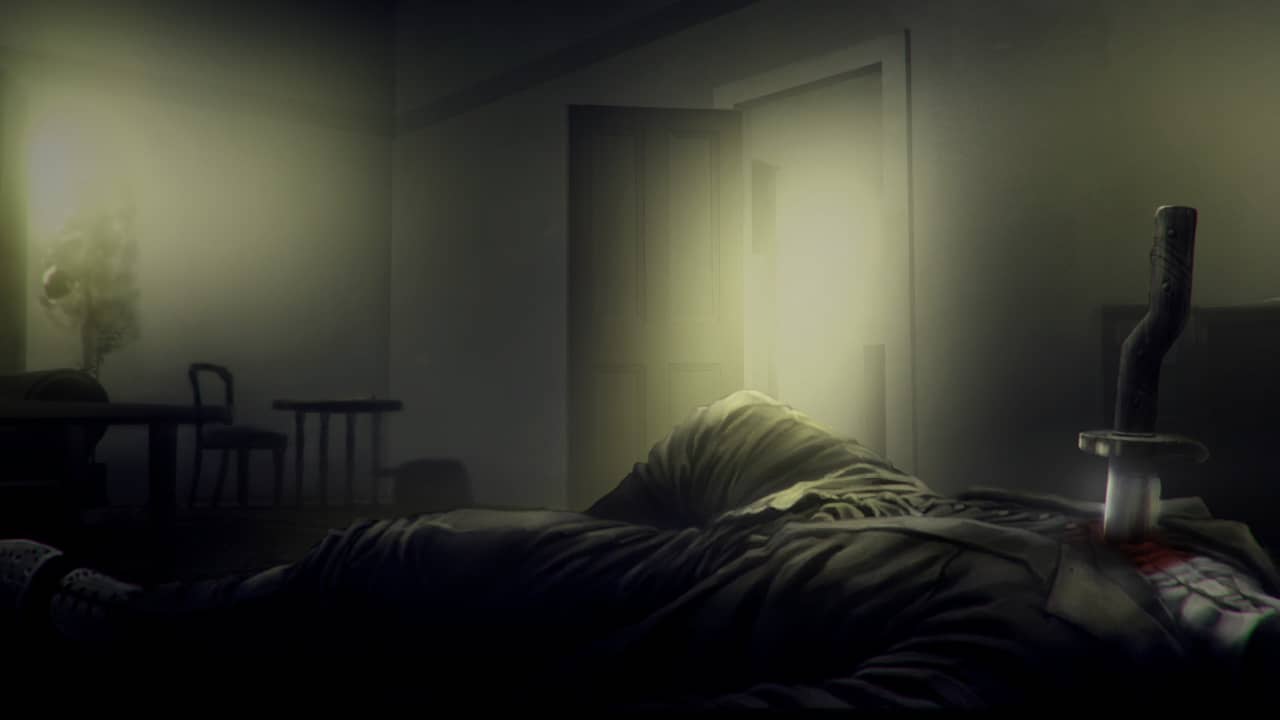
You play as Richard Hannay, a British Intelligence Officer, who returns from his native Rhodesia to the old country – Blighty. It’s 1914, and war is in the air. Frequenting gentleman clubs – the traditional ones, not Spearmint Rhino, Rich is pretty bored and prepares to return home. However, a visit from his neighbour kickstarts our story involving a plot to assassinate a Greek politician.
Richard clearly is a capable man. His life is flipped upside down, yet he handles it so clinically – you can see where Bond gets his traits. There’s a mixture of voice acting throughout, and the protagonist is well cast – brilliant, in most cases. I haven’t read the original text, so I’m going to assume that a lot of the writing here is directly quoted. If it isn’t, it’s very well-written.
Now, this is where I hit a soft wall. The UI in The 39 Steps is quite awkward yet innovative. The narrative is essentially cursor free. That means you’ll create circular motions to advance the story (clockwise) or go back a sentence or two (anti-clockwise). Pressing the left mouse button when an orange visual clue occurs will also advance a scene. It’s interesting, and I’m… on the fence. I did feel like a Miyagi-do reference was appropriate here, but I’ll ride it out.
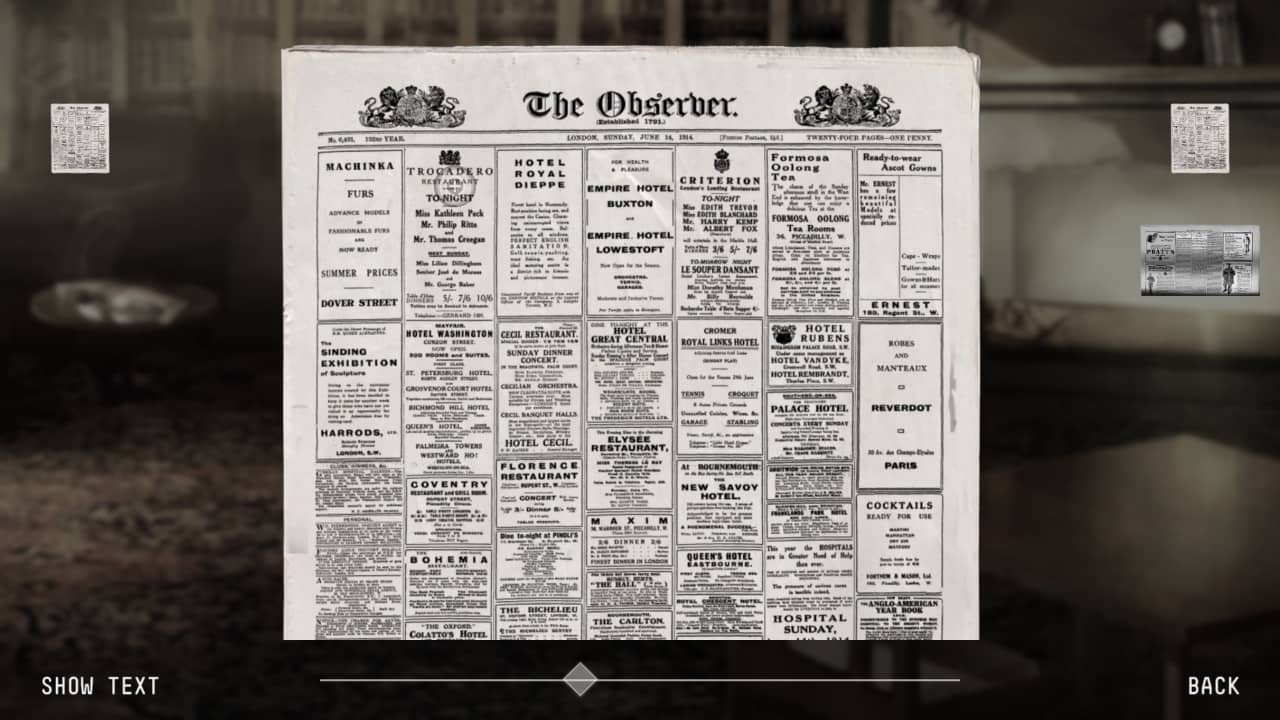
The scenes are mostly static, with some nice silent movie-like montages. The interface takes a u-turn when you’re free to explore, but anything of interest will glow, making it pretty linear. That said, you’ll be able to investigate clues and artefacts from the era that add to the atmosphere. It wasn’t essential reading, but I found myself reading newspaper articles from top to bottom and spinning around the vintage 3D objects that any hipster would wet themself over.
What I didn’t like were the QTEs; they felt like filler. The first occurrence was Richard opening the door to his apartment, where you draw the actions on screen. It didn’t feel necessary and appealing to the wrong crowd. Because I had many titles I wanted to go through, I bailed early and wondered if I’d come back to The 39 Steps anytime soon. Interestingly, this was the game I thought about most when not playing.
Returning to my game and reading up a bit more on the original story, I was committed. While I’m not motivated by achievements, I sometimes have a quick scan for how many there are and noticed the 12-14% achievement rate for the first chapter. It must have put off quite a few people, they’re lazy, or like me, buying far too many games and never having the time to play.
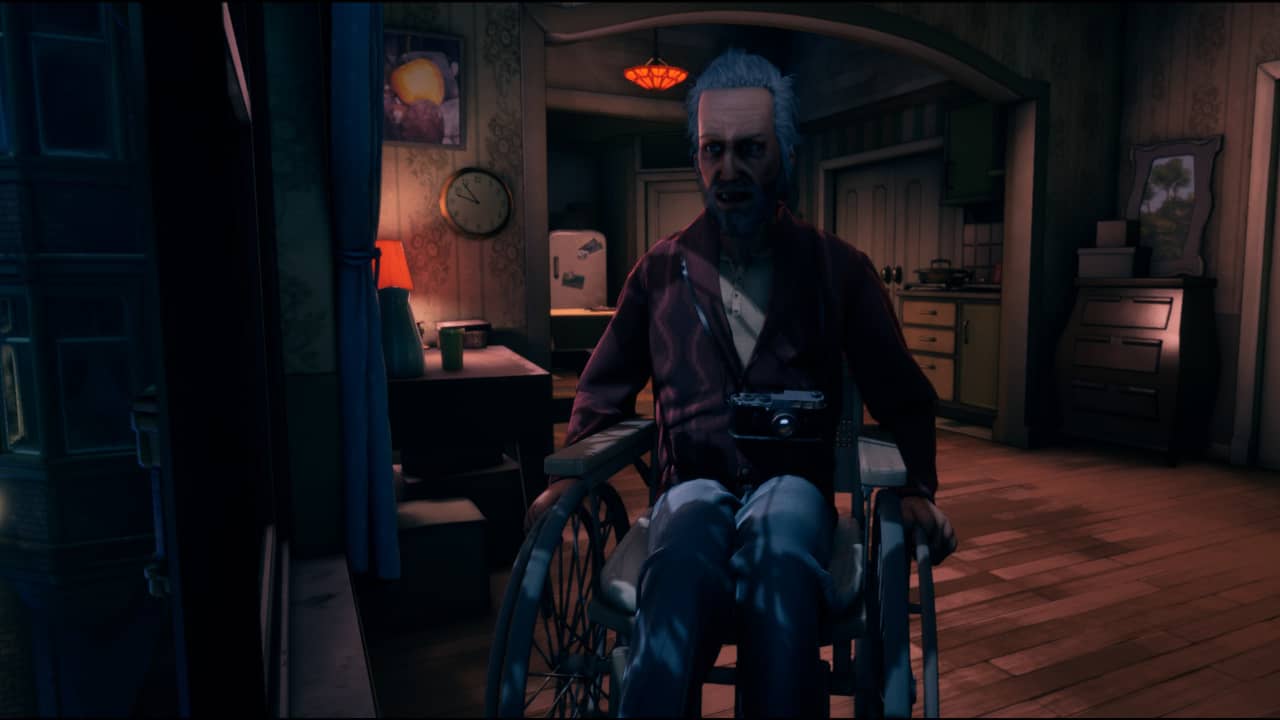
Though the artwork was nice, it was hard to connect with what was on screen as it felt a little distant, but the newspaper articles with actual photos are fascinating. When we see some of the in-game characters, they’re shown as silhouettes similar to Everybody’s Gone to the Rapture. Unfortunately, while this technique can be powerful, it didn’t resonate with me, but as mentioned, the voice talent and actual text countered any drifting.
The 39 Steps is split into 19 chapters which you can return to at any point. As you aren’t interacting so much, going through it in one go can be somewhat challenging. However, breaking up my experience made it more enjoyable. If anything, it renewed my interest in reading the book and going back to my Alfred Hitchcock collection (you can watch the full film on YouTube, by the way). Black and white movies not your thing? Try out Dahlia View – one of the best Hitchcock-inspired narrative-driven games I’ve played. As for The 39 Steps? It’s an acquired taste that is perhaps best suited to fans of visual/kinetic novels willing to invest the time.







